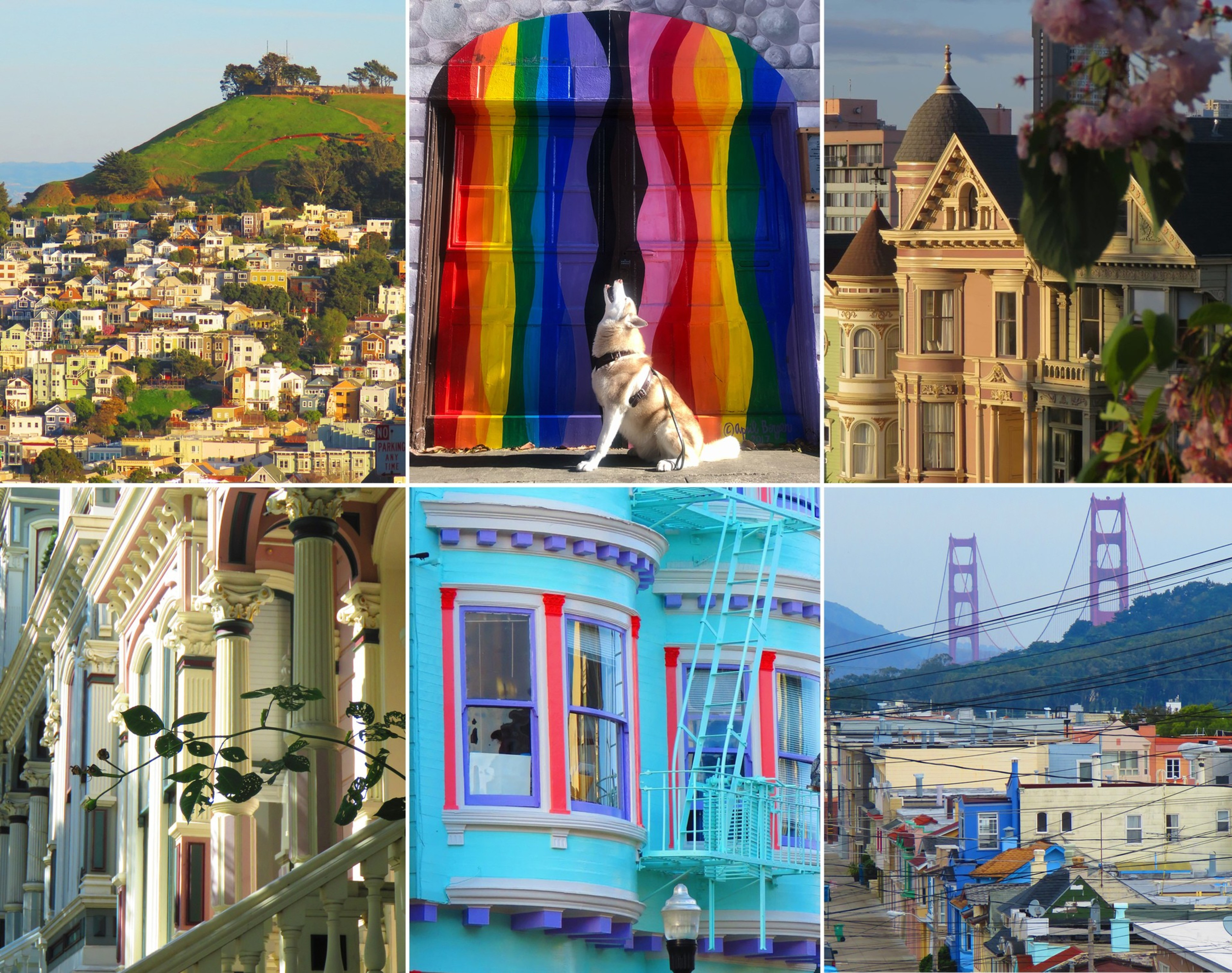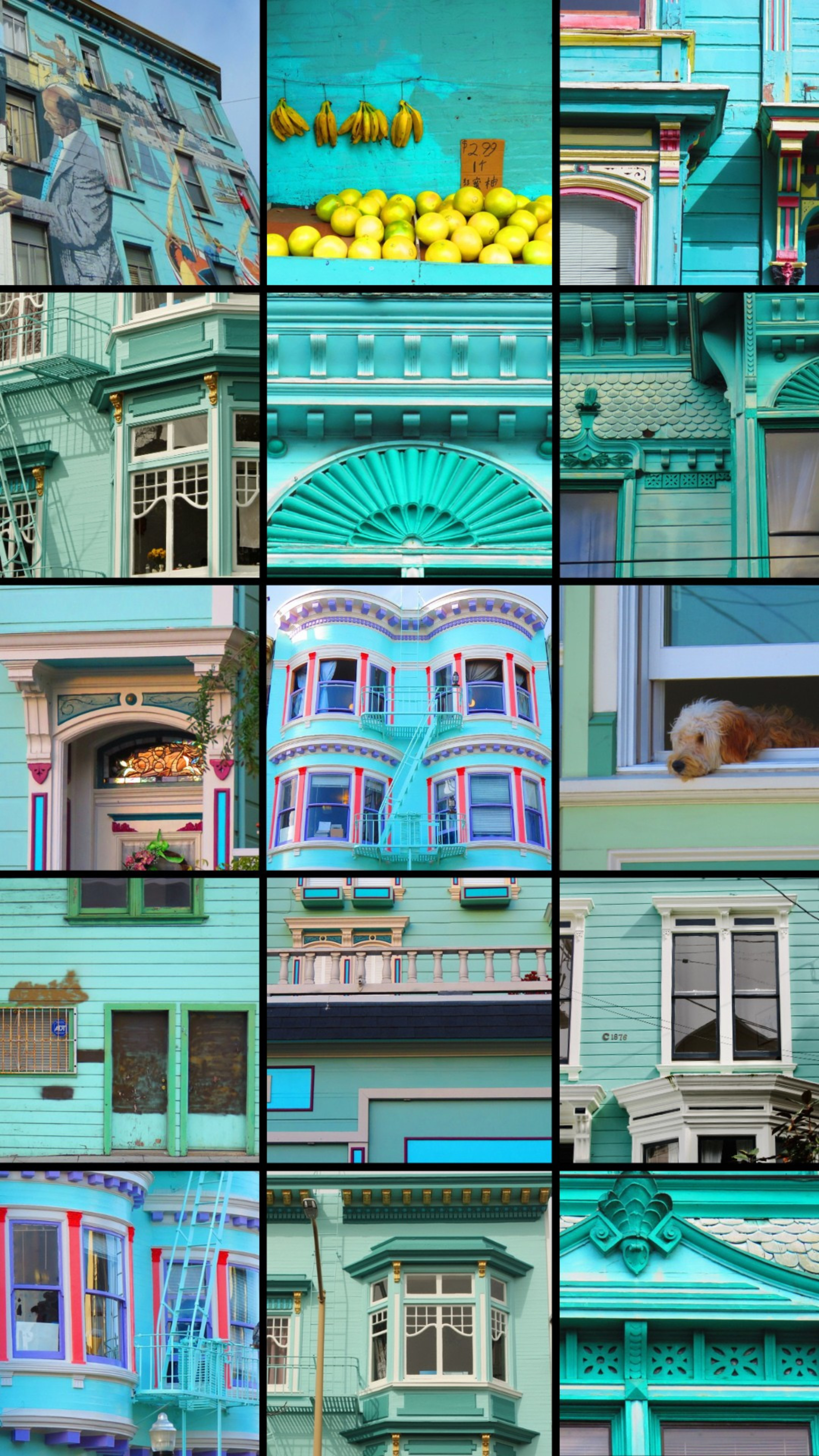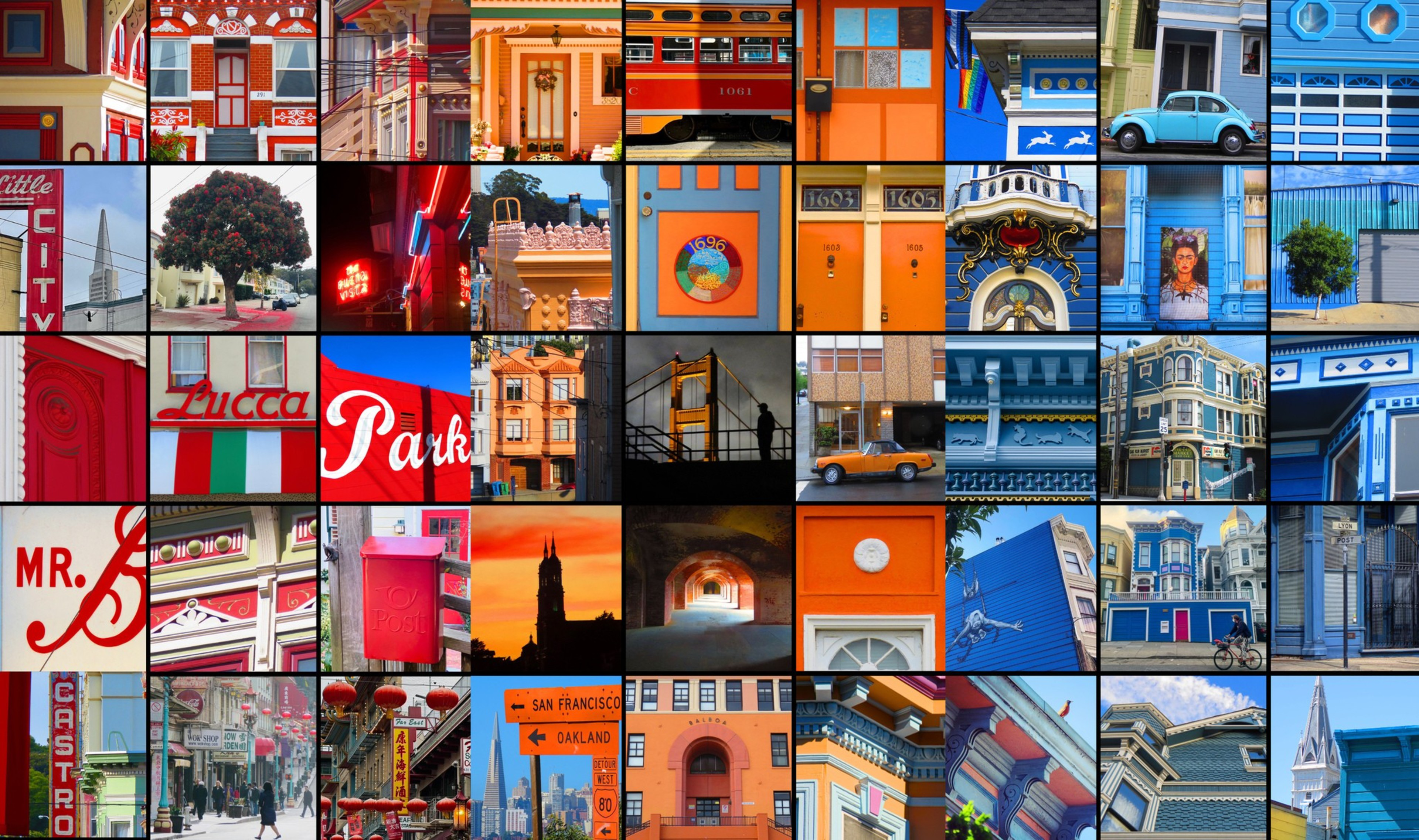For years, Travis Monson would grab his camera and a worn paper map and trek around San Francisco. Sometimes he’d wake up at 4:30 a.m. to walk 20 miles. Other days, he’d have only an hour-long lunch break to hop on Muni and explore a new neighborhood or park.
What started as simple exploration of a new city slowly transformed into an ambitious goal: To stroll the entirety of every street, snapping photos as he went and charting his progress in red marker on paper maps.
Along the way, Monson drank an Irish coffee at Buena Vista Cafe, had beers at Twin Peaks with Armistead Maupin, and celebrated with Champagne at the Cliff House (RIP) to mark the final leg of his journey. It took six years, but he completed the project, with more than 1,500 miles and 130,000 photos logged.

While he fulfilled his mission in 2017, it wasn’t until the pandemic that Monson embarked on the slog of indexing the photographs. Beyond locations or landmarks, he tagged them based on dominant colors or quirky details and started constructing collages highlighting those parallels. His images document neighborhoods rising and redeveloping; murals blooming, fading, and getting replaced; the downtown skyline evolving; and other shifts in the city’s character.
“I have a time capsule of San Francisco,” he said.
He’s currently in search of a gallery space or small business to display some of his favorite photographs and composites (opens in new tab), with the aim of inspiring others to notice the “pockets of beauty” around the city.
“A lot of people think that the colorful parts of SF are the Haight or the Castro, but it’s everywhere,” he said.

| Source: Travis Monson

When he posts his photos online (opens in new tab), they frequently rise to the top of San Francisco’s subreddit (opens in new tab), sparking comments from those who recognize a location from their own wanderings or from living in the city decades ago.
“There are parts of the city where, if it’s a rainy day, and there’s a vintage car parked on the street, and it’s the same Victorians, you can almost transport yourself in time,” Monson said.
He loves hearing from people who recognize their childhood home or favorite cafe, and going through his photos reminds him of everyone he met while working on the project. When he’d stop for a bite or a drink in the midst of his perambulations, his conspicuous colored map would draw attention, questions, and conversations.

Some of those meandering discussions blossomed into friendships, he said. Now, his collages function as a love letter to San Francisco’s scenery and to its people, which have shaped his life since he moved here at 23, fleeing a Mormon community in Utah that didn’t embrace his queerness.
“When I came out, I realized that I needed to be in a place that was more supportive,” he said. “I dropped out of college and moved here with no plan, because I just knew that I liked the energy of the city.”

He landed his first job in San Francisco as a cheesemonger for Cowgirl Creamery in the Ferry Building and went on to work as a tour guide, high-end event planner, and recruiter. He sees his own transformations as reflecting the resilience and reinvention of San Francisco itself, which he’s particularly eager to draw attention to in light of national politics.
“The current administration loves to talk negatively about our city, and I think it’s only going to get worse with time,” he said. “So I’m just doubling down on sharing what I love about SF.”
